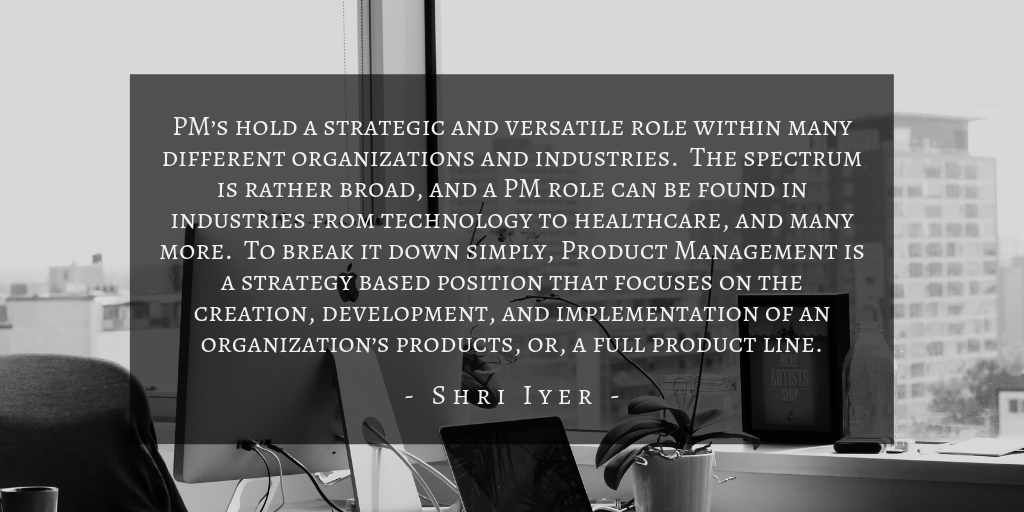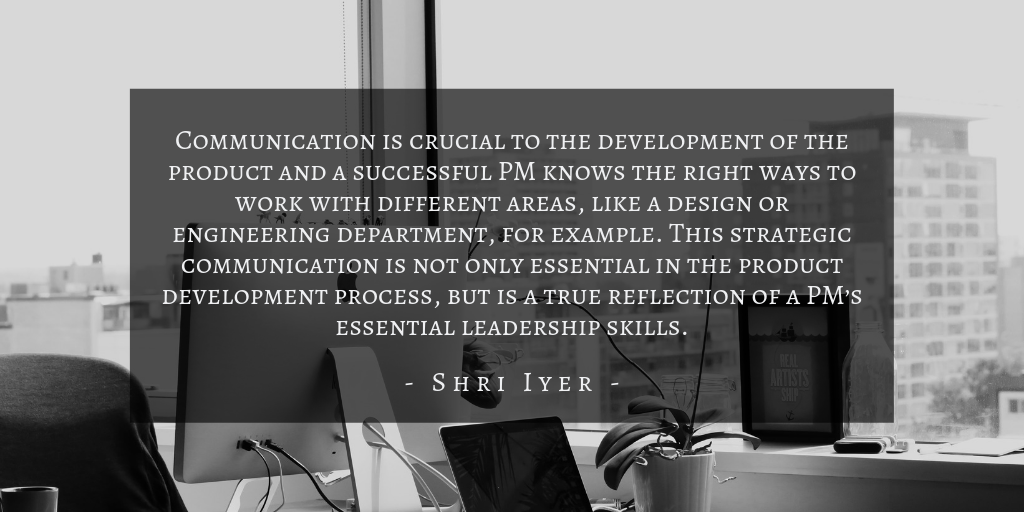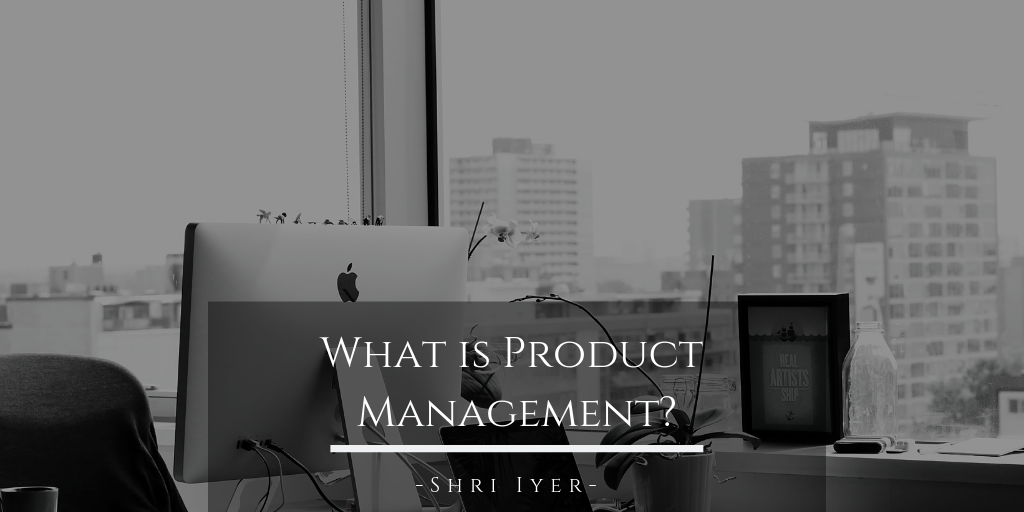As a Product Manager, the question of “what do you do?” is something I’m all too familiar with. I would like to use this blog, and future ones, to take a deep dive into the world of Product Managers(PM), and what it means to hold that title.

Often confused with the similar-sounding position of “Project” Manager, PM’s hold a strategic and versatile role within many different organizations and industries. The spectrum is rather broad, and a PM role can be found in industries from technology to healthcare, and many more. To break it down simply, Product Management is a strategy based position that focuses on the creation, development, and implementation of an organization’s products, or, a full product line. Martin Eriksson, uses a perfect description of “an intersection between business, technology, and user experience” With that said, the role of a PM can be extremely complex and requires a distinct wealth of knowledge, paired with a diverse skill set. So, let’s dive a little deeper and properly address the ever-popular question, “What is a Product Manager?”:
Successful products and product lines are built on a strategic system beginning with an innovative idea or vision. A PM holds the responsibility of not only sourcing this idea but fully fostering its development, while also creating a successful implementation strategy and roadmap as the product makes its way to the end user. PM’s work very closely with departments from engineering and marketing, to sales and finance (to mention a few). In other words, a Product Manager’s job is far from over once a product is created; in fact, it’s only just beginning. Let’s take a more detailed look into a quick break down of the PM process:
- Distinct Knowledge of the Product Market & Users: A major key to the success of a product, is knowing the market it’s entering, potential competition, and the target end users.
- A Firm Strategy: As a PM, you want to make sure you’re not only building a stellar strategy for the development of your product, but also ensuring that its relative to the overall business model of your company; ultimately keeping both ends of the process in line with one another.
- User Experience (UX) Design: Once a PM has the previous areas of focus nailed down, (market and user knowledge, business and product strategy), your next area of focus is finding the best way to construct your product so it directly meets the need of the end user (i.e., meeting with the design team, building a prototype, testing the prototype, etc.)
- Product Build: Here, is where a PM gets to see their vision come to life as this is the stage where engineers and the building process comes into play. A PM’s role is essential, in that they not only oversee the entire process but make sure the build of the final product is true to the original vision and will work well with the end user.
- Shipping & Delivery: Now that your product is built and finalized, a PM needs to hone in on making sure the shipping and delivery process is efficient and gets the product to the user in a timely and organized fashion.
- Bringing the Product to Market: Your role here, is focusing on the growth of your product, and how you can introduce it to a mass of new users within the market. In other words, what will make them see the need for your product?
- Metrics, Analytics, and Product Growth: Today, products that remain stagnant and exactly the same for an extended period of time, often see little success. The key to keeping your product relevant and growing is always focusing on helping it evolve by paying attention to specific metrics and analytics after it’s release.
With all of these different stages throughout the development process, a PM also needs to focus on their ability to communicate with different departments. Communication is crucial to the development of the product and a successful PM knows the right ways to work with different areas, like a design or engineering department, for example. This strategic communication is not only essential in the product development process, but is a true reflection of a PM’s essential leadership skills.

PM’s are also known for the ability to wear multiple “hats” within their organization. They are prepared to delegate, learn, and communicate with different departmental areas while taking what starts as just a concept, and developing it into a full product. The role of PM can sound overwhelming, and a little on the stressful side. However, It’s a conceptual and creative role that you’re not likely to find in typical Corporate America; and the end reward of seeing your ideas and concepts come to life will make it worth your while.
So, where do we go from here? There’s a lot to talk about in the world of Product Management, and we’ve only scratched the surface. Like anything else, everything has a beginning. Next, we’ll focus on the career path of a Product Manager, and what you can expect.

